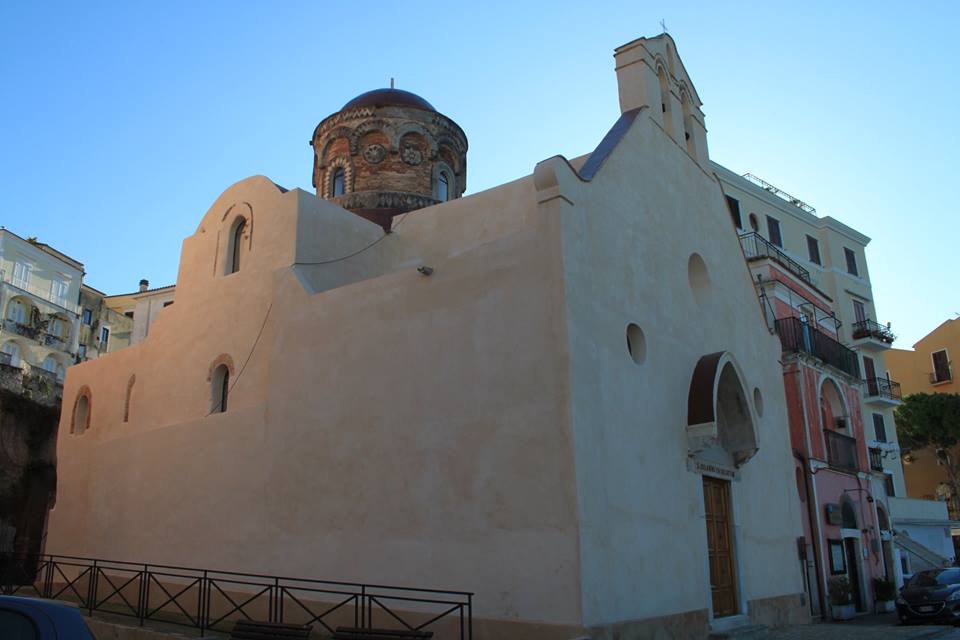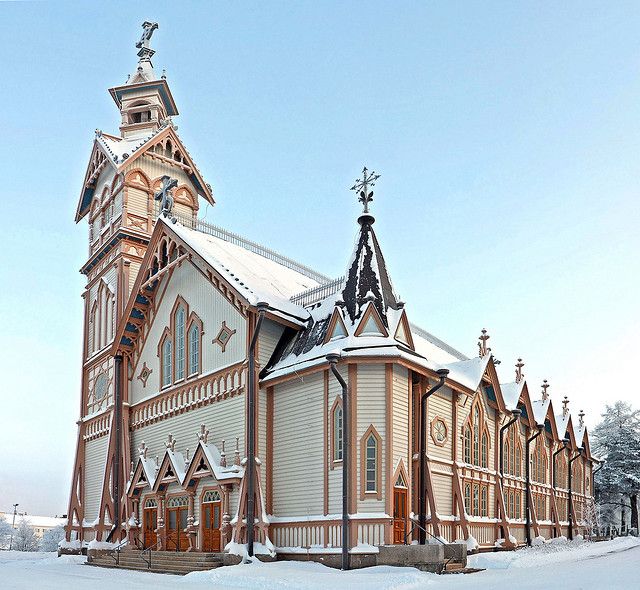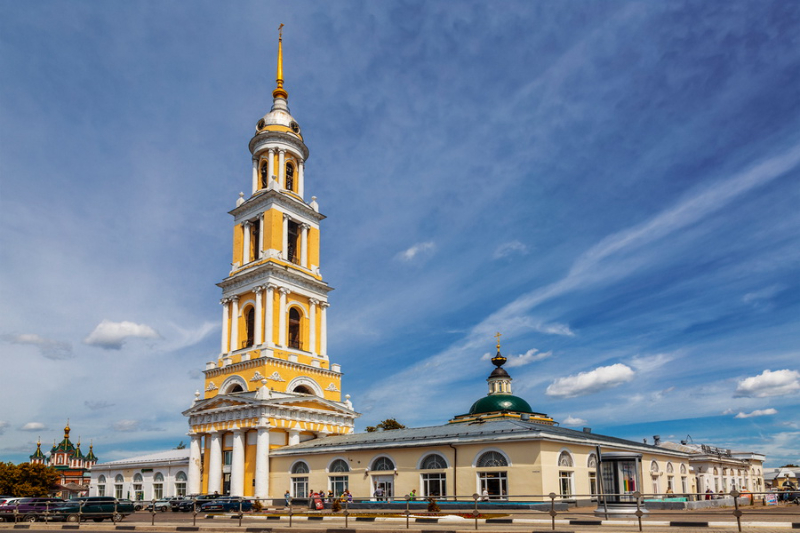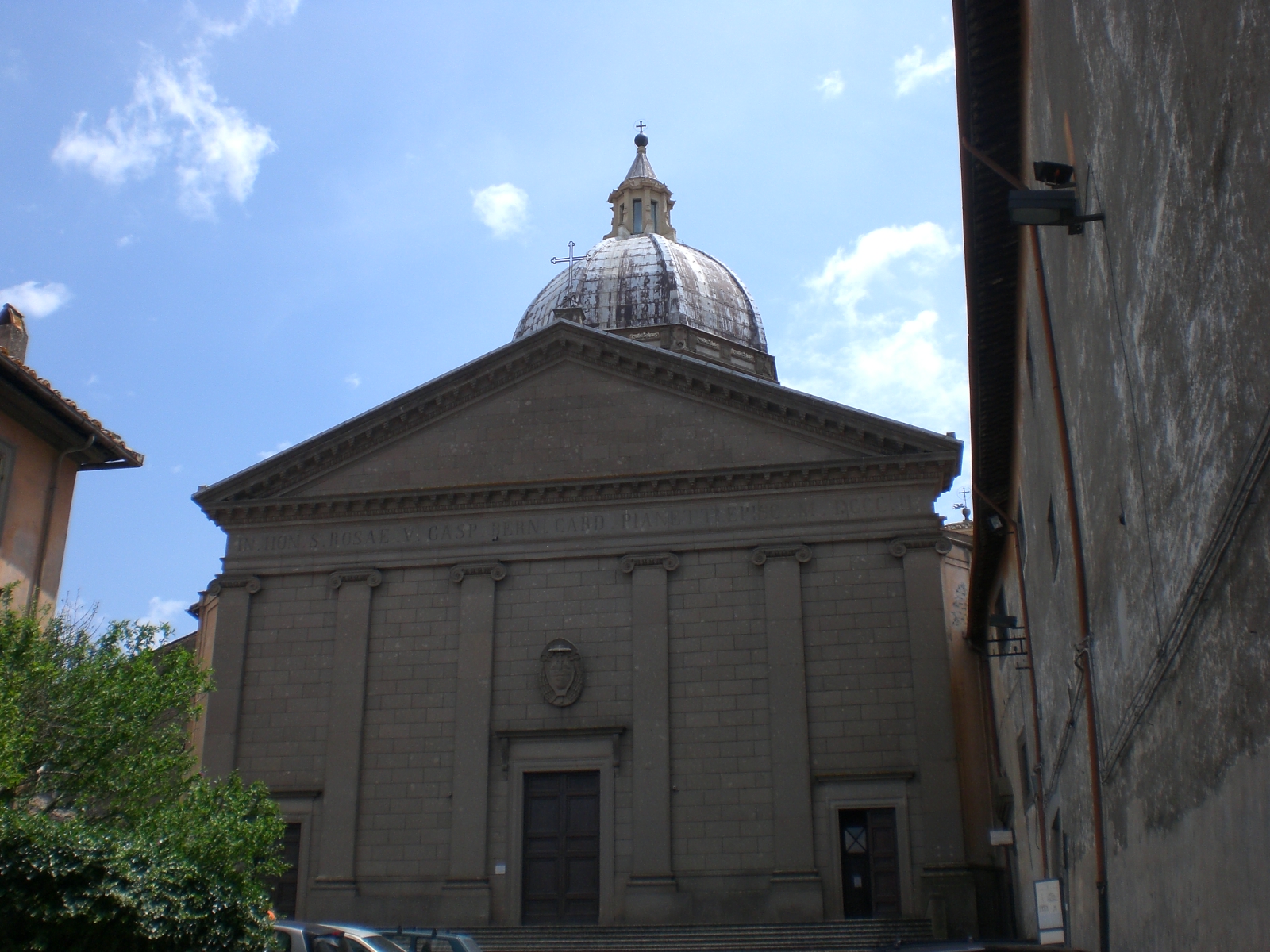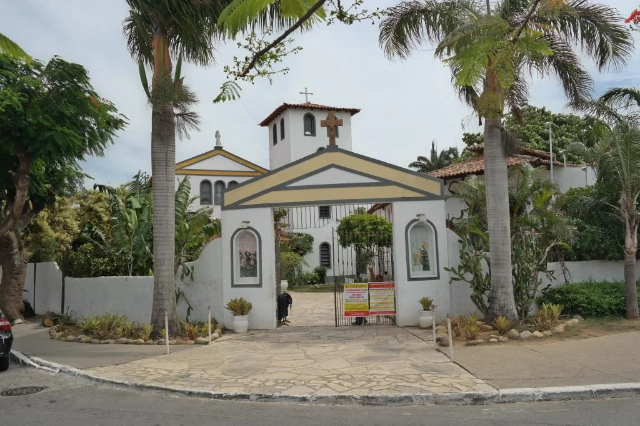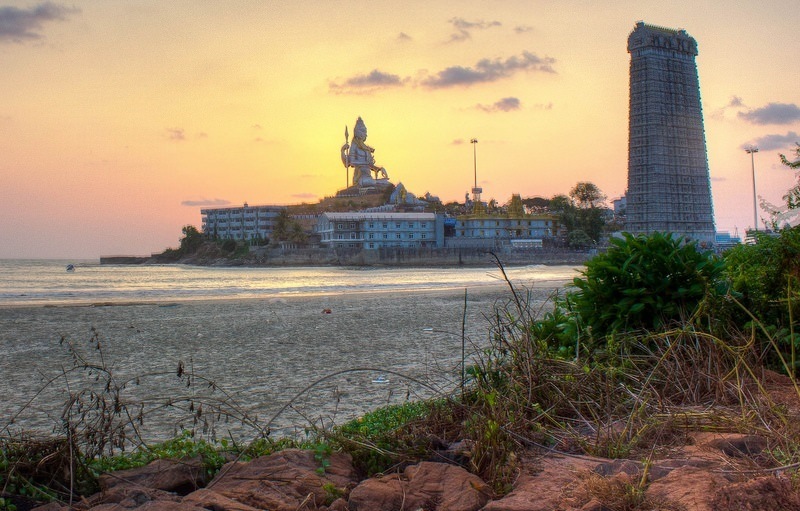Another stop to make, always in the central area of the city, is the Church of San Giovanni a Mare, also known as the Church of San Giuseppe. This is an authentic jewel hidden in the heart of Gaeta. Built on an ancient sacred Christian place destroyed by the earthquake of 1213, the church was built using some bare elements, such as columns, all unequal to each other, while between the fifteenth and seventeenth century was enriched with frescoes and baroque decorations removed after the restoration of 1928. The place of worship consists of 3 naves supported by Roman and medieval stone material. The church, in Byzantine style with a Latin cross plan, has a dome in the centre decorated from the outside with arabesque motifs datable to the XI century. The altar appears to be considerably raised compared to the floor of the assembly and the floor is particularly inclined to ensure a greater perspective to the place of worship: for this reason it is suggestive to remember the popular tradition that saw the sea water entering the church and easily flowing out thanks to the inclined floor: we must consider, however, that since the sixteenth century a few meters in front of the facade of the church ran the ramparts that surrounded the whole town.
The restorations of 1928, promoted by the Minister Pietro Fedele and carried out under the direction of Gino Chierici, led to the removal of the medieval furnishings, bringing to light the remains of frescoes from the early fourteenth century, attributed to the school of Cavallini (paintings partly detached and now exhibited in the Diocesan Museum, Visitation, St. Agatha, Madonna and Child Enthroned and St. Lawrence). In the baroque age in the church there were several altars, mostly in stucco, dedicated to St. Sebastian and St. Rocco, St. Cosmas and Damian, St. Rosary, St. Gaetano, St. Joseph. This last altar was the patronage of the Brotherhood of Carpenters (1628), hence the second name of the church. At the beginning of the eighteenth century the facade was given its present appearance, with simple side volutes and a bell gable. At the end of the nineteenth century the church was equipped with a small organ of the Neapolitan school, which remained in situ at least until the sixties of the last century.
During the restorations of 1928 the high altar was transferred to the church of S. Maria della Catena and replaced by the present one, made by reusing a slab of Roman sarcophagus with hippogriffs already reworked in the fifteenth century. During the works some medieval decorative fragments and a cinerary urn were found, today walled in the side walls. Traces of the original marble floor of the church remain in one of the steps in front of the altar.
